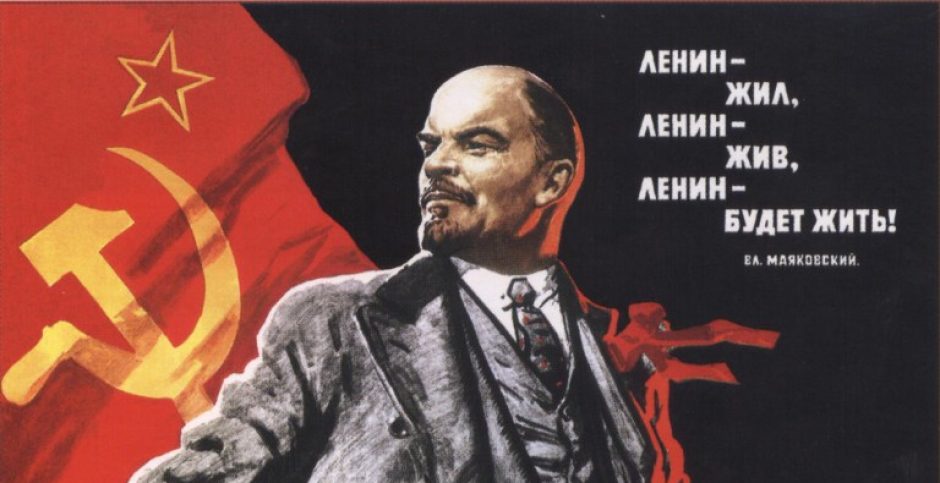Warning: Attempt to read property "comment_ID" on null in /home/theleahg/russianrevolutionss17-1.theleahgoldman.com/wp-content/plugins/subscribe-to-comments/subscribe-to-comments.php on line 71
Warning: Attempt to read property "comment_author_email" on null in /home/theleahg/russianrevolutionss17-1.theleahgoldman.com/wp-content/plugins/subscribe-to-comments/subscribe-to-comments.php on line 591
Warning: Attempt to read property "comment_post_ID" on null in /home/theleahg/russianrevolutionss17-1.theleahgoldman.com/wp-content/plugins/subscribe-to-comments/subscribe-to-comments.php on line 592
Warning: Attempt to read property "comment_ID" on null in /home/theleahg/russianrevolutionss17-1.theleahgoldman.com/wp-content/plugins/subscribe-to-comments/subscribe-to-comments.php on line 71
Warning: Attempt to read property "comment_author_email" on null in /home/theleahg/russianrevolutionss17-1.theleahgoldman.com/wp-content/plugins/subscribe-to-comments/subscribe-to-comments.php on line 591
Warning: Attempt to read property "comment_post_ID" on null in /home/theleahg/russianrevolutionss17-1.theleahgoldman.com/wp-content/plugins/subscribe-to-comments/subscribe-to-comments.php on line 592
Warning: Attempt to read property "comment_ID" on null in /home/theleahg/russianrevolutionss17-1.theleahgoldman.com/wp-content/plugins/subscribe-to-comments/subscribe-to-comments.php on line 71
Warning: Attempt to read property "comment_author_email" on null in /home/theleahg/russianrevolutionss17-1.theleahgoldman.com/wp-content/plugins/subscribe-to-comments/subscribe-to-comments.php on line 591
Warning: Attempt to read property "comment_post_ID" on null in /home/theleahg/russianrevolutionss17-1.theleahgoldman.com/wp-content/plugins/subscribe-to-comments/subscribe-to-comments.php on line 592
Warning: Attempt to read property "comment_ID" on null in /home/theleahg/russianrevolutionss17-1.theleahgoldman.com/wp-content/plugins/subscribe-to-comments/subscribe-to-comments.php on line 71
Warning: Attempt to read property "comment_author_email" on null in /home/theleahg/russianrevolutionss17-1.theleahgoldman.com/wp-content/plugins/subscribe-to-comments/subscribe-to-comments.php on line 591
Warning: Attempt to read property "comment_post_ID" on null in /home/theleahg/russianrevolutionss17-1.theleahgoldman.com/wp-content/plugins/subscribe-to-comments/subscribe-to-comments.php on line 592
Warning: Attempt to read property "comment_ID" on null in /home/theleahg/russianrevolutionss17-1.theleahgoldman.com/wp-content/plugins/subscribe-to-comments/subscribe-to-comments.php on line 71
Warning: Attempt to read property "comment_author_email" on null in /home/theleahg/russianrevolutionss17-1.theleahgoldman.com/wp-content/plugins/subscribe-to-comments/subscribe-to-comments.php on line 591
Warning: Attempt to read property "comment_post_ID" on null in /home/theleahg/russianrevolutionss17-1.theleahgoldman.com/wp-content/plugins/subscribe-to-comments/subscribe-to-comments.php on line 592
